Louis cavill
Translation & Transmission
RESEARCH
Looking into media bias
Responses to the first three briefs - comprising of my infographic, 3D data object and data key
'Who Owns the News?'
Risograph printed infographic illustrating the parent companies that own and control news media sources in the UK, USA and Australia. Also showing the individuals that control those companies and their estimated personal net worth.
Risograph printed infographic illustrating the parent companies that own and control news media sources in the UK, USA and Australia. Also showing the individuals that control those companies and their estimated personal net worth.
3D Printed Data Object
In this data object the sphere represents the globe with spikes protruding to various degrees relative to Rupert Murdoch’s market share in that country. It was designed in Adobe Fuse and 3D printed, before being spray-painted black.
In this data object the sphere represents the globe with spikes protruding to various degrees relative to Rupert Murdoch’s market share in that country. It was designed in Adobe Fuse and 3D printed, before being spray-painted black.
Data Object Key
This is the key on which my data object sits - in the white circle in the middle. Included are diagrams showing which country is which along with information about Murdoch’s interests. Shown how it would have been Risograph printed.
This is the key on which my data object sits - in the white circle in the middle. Included are diagrams showing which country is which along with information about Murdoch’s interests. Shown how it would have been Risograph printed.
Provacation
Splasshh: The Portable Protest Milkshake
The World's first portable milkshake - a 'brand' focused on political protest rather than profits.
Pocket Milkshake packaging development. The design went from a net to a 3D mockup of what the product might look like if it was in mass production.
 |  |  |  |
 |  |  |  |
Written Section
Media Bias in the English Speaking world
This article aims to explore the link between The increased dominance of a few parent companies in the media and their connection to the recent rise in right-wing populism.
Abstract
It is more apparent than ever that the British Press is not an un-biased source of information.
The (often) Billionaire media moguls can use their publications as a highly sophisticated propaganda machine, to protect the economic and political order that caused them to be so successful and keeps them powerful.
The Times, Britain’s “Newspaper of Record” has seen a shift towards the right in recent years, heavily backing the Conservatives in the three most recent elections.
Right-wing, populist politics has seen a huge increase in the last ten years in the UK and abroad. UKIP’s rise and eventual victory in the campaign to leave the EU, alongside the much-publicised anti-islam tirades of Steven Yaxley Lennon- or Tommy Robinson as he likes to be called- are indicative of this.
Supporters and commentators are often very vocal on social media and have harnessed this power of new media. Anti-Feminist and Anti-Islam campaigner Carl Benjamin has amassed 1.6 million Youtube Subscribers over his three channels to date. He ran as a UKIP representative in the 2019 European Parliament election, despite numerous controversies including: making rape jokes to Jess Phillips MP, claims of repeated harassment towards Anita Sarkeesian, and being banned from crowd-funding service Patreon, after violating their terms by using "racial and homophobic slurs.”
Alongside this, leaders and high level spokespeople from fringe parties seem to receive a larger proportion of TV and press coverage. This can definitely be said to be true for Nigel Farage, who has appeared in thirty-three episodes of Question Time on the BBC - more than any MP or pundit.
The BBC has been criticised from all sides of the political spectrum for its bias over the years, however it is important to note that the BBC News’ coverage of current events is impacted and influenced by what the majority of national news sources are reporting on. A 2013 study showed the BBC was not only more likely to voice Conservative and eurosceptic opinions, but interviewees were more likely to be business leaders than trade union representatives at a ratio of 19:1.
My responses to the briefs aim to explore the link between the increased dominance of a few parent companies, their shift to the right of the political sphere, and the rise of populist ideologies across the world.
It is more apparent than ever that the British Press is not an un-biased source of information.
The (often) Billionaire media moguls can use their publications as a highly sophisticated propaganda machine, to protect the economic and political order that caused them to be so successful and keeps them powerful.
The Times, Britain’s “Newspaper of Record” has seen a shift towards the right in recent years, heavily backing the Conservatives in the three most recent elections.
Right-wing, populist politics has seen a huge increase in the last ten years in the UK and abroad. UKIP’s rise and eventual victory in the campaign to leave the EU, alongside the much-publicised anti-islam tirades of Steven Yaxley Lennon- or Tommy Robinson as he likes to be called- are indicative of this.
Supporters and commentators are often very vocal on social media and have harnessed this power of new media. Anti-Feminist and Anti-Islam campaigner Carl Benjamin has amassed 1.6 million Youtube Subscribers over his three channels to date. He ran as a UKIP representative in the 2019 European Parliament election, despite numerous controversies including: making rape jokes to Jess Phillips MP, claims of repeated harassment towards Anita Sarkeesian, and being banned from crowd-funding service Patreon, after violating their terms by using "racial and homophobic slurs.”
Alongside this, leaders and high level spokespeople from fringe parties seem to receive a larger proportion of TV and press coverage. This can definitely be said to be true for Nigel Farage, who has appeared in thirty-three episodes of Question Time on the BBC - more than any MP or pundit.
The BBC has been criticised from all sides of the political spectrum for its bias over the years, however it is important to note that the BBC News’ coverage of current events is impacted and influenced by what the majority of national news sources are reporting on. A 2013 study showed the BBC was not only more likely to voice Conservative and eurosceptic opinions, but interviewees were more likely to be business leaders than trade union representatives at a ratio of 19:1.
My responses to the briefs aim to explore the link between the increased dominance of a few parent companies, their shift to the right of the political sphere, and the rise of populist ideologies across the world.
Wider Context
Despite circulation of the printed press predictably falling thanks to the rise of technology, most ‘legacy’ media organisations (any news organisation existing before the information age) have managed to embrace the internet into their business models, offering stories and content available via websites and mobile apps. Whilst the revenue from printed papers falls significantly, the popularity of online readership has failed to keep some legacy organisations afloat, and some have added a paywall to their websites so that only subscribers may read them.
Many rely on advertising revenue from AdChoices, and some, such as the Guardian, must now rely on donations from readers.
Nevertheless, such findings indicate a new form of accessibility to news via twenty-four hour coverage, ensuring the power of the newspapers remains palpable throughout the UK.
The Sun has been the most popular newspaper in the UK for around 40 years (not including the free Metro) and its influence hasn’t waned. In 2015 many commentators attributed Ed Miliband’s ultimately failed campaign to get to Downing Street to him being pictured eating a bacon sandwich in an unusual way, through the running of the Sun headline “Save our bacon!” Supporting this, James McCandless for the Huffington Post states “Miliband was too geeky, too intellectual, too stuffy to relate to the working people of Britain and consequently to be prime minister. For his opponents, especially in conservative media, the photo was the perfect symbol to argue that he was an inexperienced weirdo who can’t handle simple tasks.
The predominately privately-owned press is unapologetically partisan, often outwardly backing parties and candidates come election time. Commercially-funded media organisations have the freedom of inflicting bias where other organisations (like the BBC) may not be able to.
Almost all UK papers have a strong party allegiance, despite never having ‘official' ties, impacting reporting on current events stories, and influencing close elections.
The line between objective fact based reporting and subjective opinion based reporting is significantly blurred in the UK, with many tabloids running headlines that rely on subjective takeaways to further their narratives. The Sun claimed to have swung the 1992 General Election in order to put John Major’s Conservatives in office, and celebrated with the now infamous headline “Its the Sun wot won it!”
It is interesting that media bias towards the right appears much more prevalent than towards the left. This can be paralleled with the income of media moguls such as Rupert Murdoch, who has a vested interest in policies which encourage international business. This is supported by this quote from the analysis of the UK on medialandscapes.org, “Only two papers and their sister Sunday publications (The Guardian/The Observer and The Daily Mirror/Sunday Mirror) supported the opposition Labour party in the 2017 election. A diversity of opinions in the British press relies on the degree of plurality of ownership and the degree to which newspapers owners choose to influence the partisanship of their papers.”
Despite circulation of the printed press predictably falling thanks to the rise of technology, most ‘legacy’ media organisations (any news organisation existing before the information age) have managed to embrace the internet into their business models, offering stories and content available via websites and mobile apps. Whilst the revenue from printed papers falls significantly, the popularity of online readership has failed to keep some legacy organisations afloat, and some have added a paywall to their websites so that only subscribers may read them.
Many rely on advertising revenue from AdChoices, and some, such as the Guardian, must now rely on donations from readers.
Nevertheless, such findings indicate a new form of accessibility to news via twenty-four hour coverage, ensuring the power of the newspapers remains palpable throughout the UK.
The Sun has been the most popular newspaper in the UK for around 40 years (not including the free Metro) and its influence hasn’t waned. In 2015 many commentators attributed Ed Miliband’s ultimately failed campaign to get to Downing Street to him being pictured eating a bacon sandwich in an unusual way, through the running of the Sun headline “Save our bacon!” Supporting this, James McCandless for the Huffington Post states “Miliband was too geeky, too intellectual, too stuffy to relate to the working people of Britain and consequently to be prime minister. For his opponents, especially in conservative media, the photo was the perfect symbol to argue that he was an inexperienced weirdo who can’t handle simple tasks.
The predominately privately-owned press is unapologetically partisan, often outwardly backing parties and candidates come election time. Commercially-funded media organisations have the freedom of inflicting bias where other organisations (like the BBC) may not be able to.
Almost all UK papers have a strong party allegiance, despite never having ‘official' ties, impacting reporting on current events stories, and influencing close elections.
The line between objective fact based reporting and subjective opinion based reporting is significantly blurred in the UK, with many tabloids running headlines that rely on subjective takeaways to further their narratives. The Sun claimed to have swung the 1992 General Election in order to put John Major’s Conservatives in office, and celebrated with the now infamous headline “Its the Sun wot won it!”
It is interesting that media bias towards the right appears much more prevalent than towards the left. This can be paralleled with the income of media moguls such as Rupert Murdoch, who has a vested interest in policies which encourage international business. This is supported by this quote from the analysis of the UK on medialandscapes.org, “Only two papers and their sister Sunday publications (The Guardian/The Observer and The Daily Mirror/Sunday Mirror) supported the opposition Labour party in the 2017 election. A diversity of opinions in the British press relies on the degree of plurality of ownership and the degree to which newspapers owners choose to influence the partisanship of their papers.”
Specific Context
One of the main purposes of news is to media is to hold the government to account. The individual is not capable of knowing all that is happening in the world without the assistance of a free press to build an opinion from. When a news source is overly partisan, it is incapable of holding the government to account for its actions and can actively push its own political goals.
One of the main purposes of news is to media is to hold the government to account. The individual is not capable of knowing all that is happening in the world without the assistance of a free press to build an opinion from. When a news source is overly partisan, it is incapable of holding the government to account for its actions and can actively push its own political goals.
A clear example of my point is the featured front page of The Sun from early May. The publication received inside information (alongside a number of other right-wing papers) that the lockdown was to end the coming Monday. This headline can be said to be pushing the personal agenda of The Sun. Print revenue has fallen greatly over the coronavirus pandemic, sending the newspaper industry into crisis, and getting people back outside will increase sales. The Sun has been heavily criticised over the course of this pandemic, not only for its lack of decorum in its coverage of the death rates from COVID-19, but for its apparent refusal to hold government ministers to account over their handling of the crisis. Heavily biased media sources such as The Sun create an echo-chamber of opinion, where an individual is only aware of a world view very similar to their own, and that of the paper they happen to read.
My research introduced me to Led by Donkeys, a British political activist group formed in 2018, in opposition to misinformation surrounding the Brexit campaign. Their work mainly focusses on huge billboards exposing politicians for insensitive statements, conflicts of interest and political U-turns. Led by Donkeys was originally a guerrilla campaign, plastering statements over old advertisements, before they were able to crowdfund and legally rent billboards. During the pandemic, Led by Donkeys have turned their attention to holding the government responsible for how they have handled the crisis where, at the time of writing, Britain has the highest death rate per capita in the world despite having the advantage of foresight that countries such as Italy did not have.
My research introduced me to Led by Donkeys, a British political activist group formed in 2018, in opposition to misinformation surrounding the Brexit campaign. Their work mainly focusses on huge billboards exposing politicians for insensitive statements, conflicts of interest and political U-turns. Led by Donkeys was originally a guerrilla campaign, plastering statements over old advertisements, before they were able to crowdfund and legally rent billboards. During the pandemic, Led by Donkeys have turned their attention to holding the government responsible for how they have handled the crisis where, at the time of writing, Britain has the highest death rate per capita in the world despite having the advantage of foresight that countries such as Italy did not have.
The Sun, May 2020
The Work
I started out my research project by focusing on which parent companies owned which news sources, and in turn the individuals who control these parent companies.
I collated the six companies that had the greatest power, and showed which publications and TV channels they had control of. Included also were the names of the owners of the parent companies (CEO in Bob Iger of Disney’s case) and their estimated net worth. I then designed an infographic in Adobe Photoshop and Illustrator, and printed it in black and fluorescent pink using a risograph machine.
I started out my research project by focusing on which parent companies owned which news sources, and in turn the individuals who control these parent companies.
I collated the six companies that had the greatest power, and showed which publications and TV channels they had control of. Included also were the names of the owners of the parent companies (CEO in Bob Iger of Disney’s case) and their estimated net worth. I then designed an infographic in Adobe Photoshop and Illustrator, and printed it in black and fluorescent pink using a risograph machine.

Mr Murdoch
For my 3D data object, I decided to put my focus on just one of these media moguls- Rupert Murdoch. Murdoch is by far the most influential of all that I identified - his News Corp own the Sun, The Times and Fox News just to name a few. My data object is a 3D printed sphere, representing a globe, with large spikes protruding from it. Each spike represents the relative market share that Murdoch possess in that country through his various assets.
Although I was not able to print my poster key for the data object using the risograph machine, it would have followed the same colour scheme of black and pink. It also shared the title type with the original risograph print, cut out letters from the newspapers referenced in my research that also aesthetically pay tribute to punk ideals of the 1970s. Had I been able to do this, I believe my work would have been able to be even more coherent.
For brief three I initially wanted to create something as provocative as possible, which was effective in creating a discussion around the topic of combatting hate speech, and how it could be done. I wanted to look at the rise of right-wing populism and nationalism in the UK and US, focussing on how people fight this; along with whether free speech is a valid shield for racism or sexism.
I designed a ‘pocket milkshake’, created to be deployed during a protest and inspired by the numerous prominent far-right politicians and pundits who were ‘milkshaked’ throughout 2019. I have created four different flavours of milkshake all with unique packaging mockups. The three alternative flavours of the pocket milkshakes are each inspired by a different ‘milkshaking’ that took place in 2019; Stephen Yaxley-Lennon (Tommy Robinson), Carl Benjamin (Sargon of Akkad) and Nigel Farage.
The colour scheme from my risograph printed research projects has been updated to match the brand aesthetic of Splasshh. I wanted to keep the pink and black but make sure it felt playful and reminiscent of ice cream parlours and fast food imagery. Each different flavour has a pastel colour running through the design, corresponding with the flavour (eg. Chauvinist Bacon = Pink.)
Although I was not able to print my poster key for the data object using the risograph machine, it would have followed the same colour scheme of black and pink. It also shared the title type with the original risograph print, cut out letters from the newspapers referenced in my research that also aesthetically pay tribute to punk ideals of the 1970s. Had I been able to do this, I believe my work would have been able to be even more coherent.
For brief three I initially wanted to create something as provocative as possible, which was effective in creating a discussion around the topic of combatting hate speech, and how it could be done. I wanted to look at the rise of right-wing populism and nationalism in the UK and US, focussing on how people fight this; along with whether free speech is a valid shield for racism or sexism.
I designed a ‘pocket milkshake’, created to be deployed during a protest and inspired by the numerous prominent far-right politicians and pundits who were ‘milkshaked’ throughout 2019. I have created four different flavours of milkshake all with unique packaging mockups. The three alternative flavours of the pocket milkshakes are each inspired by a different ‘milkshaking’ that took place in 2019; Stephen Yaxley-Lennon (Tommy Robinson), Carl Benjamin (Sargon of Akkad) and Nigel Farage.
The colour scheme from my risograph printed research projects has been updated to match the brand aesthetic of Splasshh. I wanted to keep the pink and black but make sure it felt playful and reminiscent of ice cream parlours and fast food imagery. Each different flavour has a pastel colour running through the design, corresponding with the flavour (eg. Chauvinist Bacon = Pink.)
The Practice
Milkshaking became a controversial topic of debate online last year after #splashthefash started trending on twitter - the hashtag from which the name Splasshh is taken.
Many people from all sides of the political spectrum criticised the attacks for being ‘too close’ to political violence and extremism. Is it ok to throw sticky dairy products at people you disagree with? What if those people incite violence through their actions? Matt Ford wrote for the New Republic “Nothing animates the far right or shapes its worldview quite so much as the desire to humiliate others—and the fear of being humiliated themselves.”
This debate greatly intrigued me, as I pondered whether it is ok to fight fire with fire, and if so: how one might combat an idea or person who is so much more powerful than oneself without extreme measures? I wanted to successfully create a brand that could not only present a working, saleable product but also provoke this debate further.
For phase two, my original plan was to hijack advertisements and newsagent headline boards around my local area. This practice is commonly known as ‘subvertising’. Subvertising has been used effectively by many practitioners over the years however my main point of inspiration- aside from Led by Donkeys- were the Adbusters magazine’s ‘culture jams’ and the artist BOD (@bod_uk).
Milkshaking became a controversial topic of debate online last year after #splashthefash started trending on twitter - the hashtag from which the name Splasshh is taken.
Many people from all sides of the political spectrum criticised the attacks for being ‘too close’ to political violence and extremism. Is it ok to throw sticky dairy products at people you disagree with? What if those people incite violence through their actions? Matt Ford wrote for the New Republic “Nothing animates the far right or shapes its worldview quite so much as the desire to humiliate others—and the fear of being humiliated themselves.”
This debate greatly intrigued me, as I pondered whether it is ok to fight fire with fire, and if so: how one might combat an idea or person who is so much more powerful than oneself without extreme measures? I wanted to successfully create a brand that could not only present a working, saleable product but also provoke this debate further.
For phase two, my original plan was to hijack advertisements and newsagent headline boards around my local area. This practice is commonly known as ‘subvertising’. Subvertising has been used effectively by many practitioners over the years however my main point of inspiration- aside from Led by Donkeys- were the Adbusters magazine’s ‘culture jams’ and the artist BOD (@bod_uk).

Joe Chemo,
Adbusters.
Adbusters.
Adbusters is an anti-consumerism magazine which focuses on anti-advertising. ‘Culture jamming’ is their term for changing the appearance and messaging of an advert, in order to show its true intentions, as a form of protest. These ‘culture jams’ are mostly displayed in the Adbusters magazine as well as on huge billboards.
BOD is a contemporary artist, mainly active on social media. Their work comprises of tongue-in-cheek responses to news stories, usually with an anti-establishment focus, and they have been very critical of the government’s response to the pandemic. BOD’s sarcastic approach to spreading fake news is effective as satire (at the governments expense,) however I hoped to take a more informative approach, replacing advertising spaces with fact-checks on political statements, minister’s conflicts of interests, and information on who owns what news company, and what can be done to encourage them to report neutrally.
Due to the pandemic, I instead turned my focus on to turning Splasshh into a ‘real’ brand. I have created a number of adverts and billboard mockups that would- at first glance- seem to be standard adverts promoting a product, however their aim is more of a political protest: against the people who perpetrate hate speech and incite violence to marginalised groups.
I believe my response to be an effective piece of branding work and packaging design. The packaging’s mainly dark black design, with pops of bright colour, is visually unique and eye-catching. I believe the inclusion of the large crossed-out swastika further communicates to the target ‘consumer’: the core brand proposition, the emotional and functional benefits of the product, as well as serving as a visual reference to the seventies punk aesthetic which links my responses to the briefs.
I believe that this project could have been taken further through use of the advertisement designs as actual articles of protest. I would have loved to place them in a bus stop around an area where there was a far-right march or event going on- or even better- to hijack
pre-existing promotional material from one of these events.
Due to the pandemic, I instead turned my focus on to turning Splasshh into a ‘real’ brand. I have created a number of adverts and billboard mockups that would- at first glance- seem to be standard adverts promoting a product, however their aim is more of a political protest: against the people who perpetrate hate speech and incite violence to marginalised groups.
I believe my response to be an effective piece of branding work and packaging design. The packaging’s mainly dark black design, with pops of bright colour, is visually unique and eye-catching. I believe the inclusion of the large crossed-out swastika further communicates to the target ‘consumer’: the core brand proposition, the emotional and functional benefits of the product, as well as serving as a visual reference to the seventies punk aesthetic which links my responses to the briefs.
I believe that this project could have been taken further through use of the advertisement designs as actual articles of protest. I would have loved to place them in a bus stop around an area where there was a far-right march or event going on- or even better- to hijack
pre-existing promotional material from one of these events.

Conclusion
I set out in my work to use branding, a discipline of graphic design that is often relatively soulless and encourages excesses, as a form of political protest. Splasshh is not a product that is meant to be seen on shelves in Tesco’s, but rather a symbol of rejecting the hateful ideologies that are perpetrated overtly by the far-right and covertly by the establishment. Despite the many changes to what was possible over this brief I am happy with my final outcomes, along with the research I have conducted. I believe my ‘product’ fits into the world well, meeting its consumers needs, however I would like to have added more adverts. I believe I could have created more adverts for a wider variety of platforms, spreading the message and improving the brand as a whole. Also a guerrilla marketing scheme involving pasting my posters up in places they perhaps shouldn’t be would have significantly elevated my work.
I set out in my work to use branding, a discipline of graphic design that is often relatively soulless and encourages excesses, as a form of political protest. Splasshh is not a product that is meant to be seen on shelves in Tesco’s, but rather a symbol of rejecting the hateful ideologies that are perpetrated overtly by the far-right and covertly by the establishment. Despite the many changes to what was possible over this brief I am happy with my final outcomes, along with the research I have conducted. I believe my ‘product’ fits into the world well, meeting its consumers needs, however I would like to have added more adverts. I believe I could have created more adverts for a wider variety of platforms, spreading the message and improving the brand as a whole. Also a guerrilla marketing scheme involving pasting my posters up in places they perhaps shouldn’t be would have significantly elevated my work.
Bibliography
- Berry, M. (2013, August 23). Hard Evidence: How biased is the BBC? Retrieved from https://www.newstatesman.com/broadcast/2013/08/hard-evidence-how-biased-bbc
- Frazer-Carroll, M. (2019, April 9). Right-wing nation: how the UK media became broken & biased. Retrieved from https://www.huckmag.com/perspectives/opinion-perspectives/micha-frazer-carroll-right-wing-nation-the-uk-media-is-broken-and-biased/
- Hameleers, M. (2019, May 22). The Rise of a Populist Zeitgeist? A Content Analysis of Populist Media Coverage in Newspapers Published between 1990 and 2017. Retrieved from https://www.tandfonline.com/doi/full/10.1080/1461670X.2019.1620114
- Jones, E. (2019, April 18). Five reasons why we don’t have a free and independent press in the UK and what we can do about it. Retrieved from https://www.opendemocracy.net/en/opendemocracyuk/five-reasons-why-we-don-t-have-free-and-independent-press-in-uk-and-what-we-can-do-about/
- Jones, O. (2017, October 9). We can no longer pretend the British press is impartial | Owen Jones. Retrieved from https://www.theguardian.com/commentisfree/2017/oct/09/no-longer-pretend-british-press-impartial-country-more-leftwing
- Jouker, B. T. (2019, May 10). BBC has explaining to do over record Farage Question Time appearance. Retrieved from https://www.thenational.scot/news/17631396.bbc-has-explaining-to-do-over-record-farage-question-time-appearance/
- Mahler, J. (2019, April 3). How Rupert Murdoch’s Empire of Influence Remade the World. Retrieved from https://www.nytimes.com/interactive/2019/04/03/magazine/rupert-murdoch-fox-news-trump.html
- Mills, T. (2019, November 24). The BBC’s fabled impartiality was only ever an elite consensus | Tom Mills. Retrieved from https://www.theguardian.com/commentisfree/2019/nov/24/bbc-impartiality-elite-consensus-crisis-legitimacy
- Robinson, N. (2019, September 12). Media bias is OK – if it’s honest | Nathan Robinson. Retrieved from https://www.theguardian.com/commentisfree/2019/sep/10/media-bias-is-ok-if-its-honest
- Spoofs | Adbusters Media Foundation. (2018). Retrieved from https://www.adbusters.org/spoof-ads#
- United Kingdom. (2020). Retrieved from https://medialandscapes.org/country/united-kingdom
- Wessel, L. (2017, March 11). Making sense of media bias. Retrieved from https://www.knowablemagazine.org/article/society/2017/making-sense-media-bias
Thank you very much to the whole level 5 team for your amazing response to a very trying situation, I look forward to seeing everyone in person soon.
Louis
Louis
